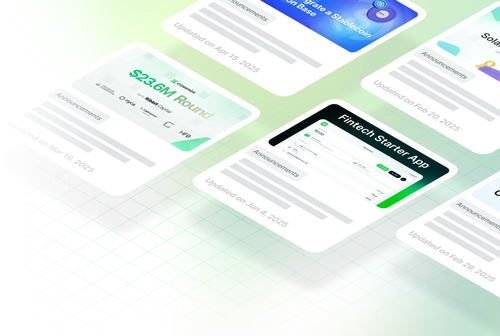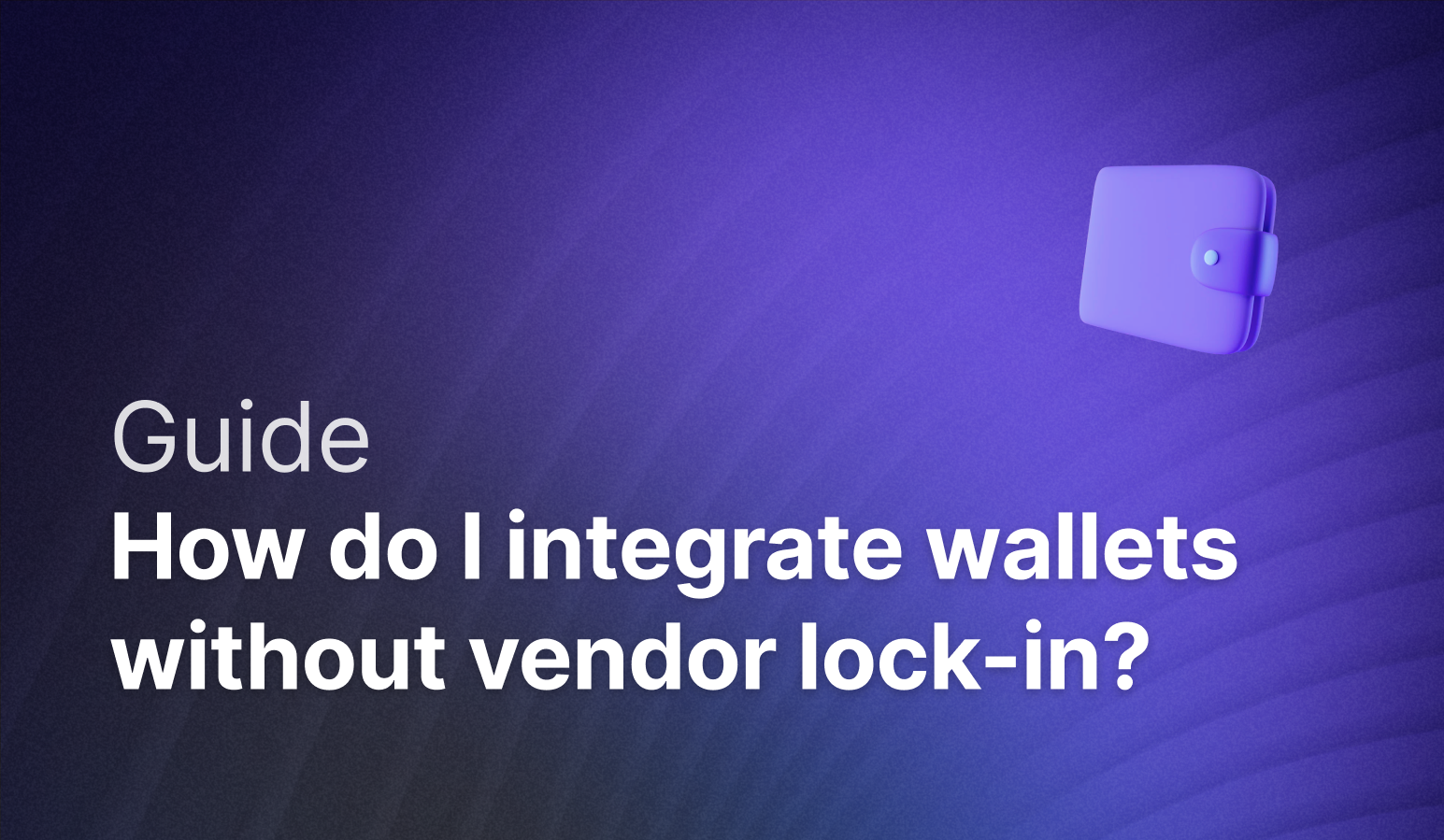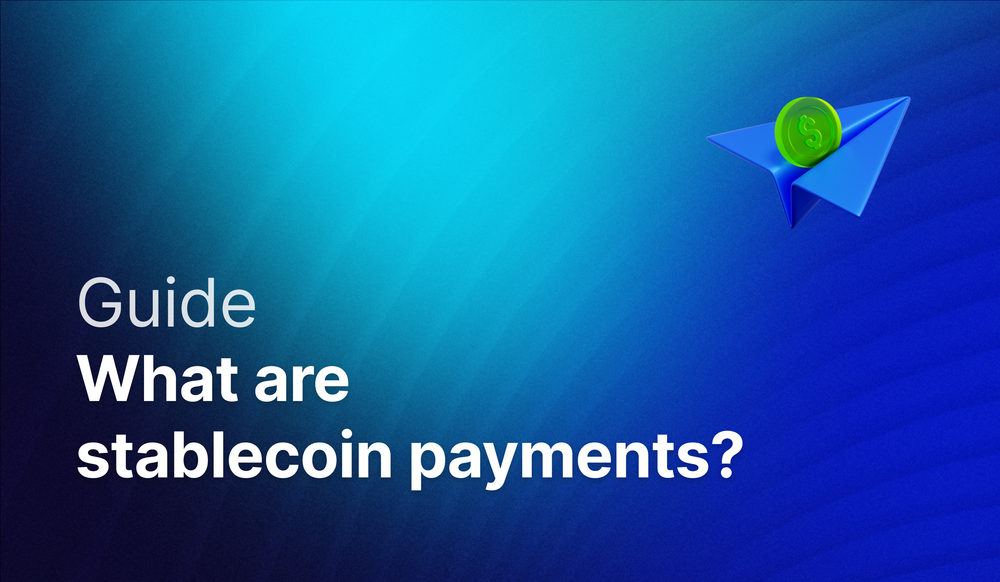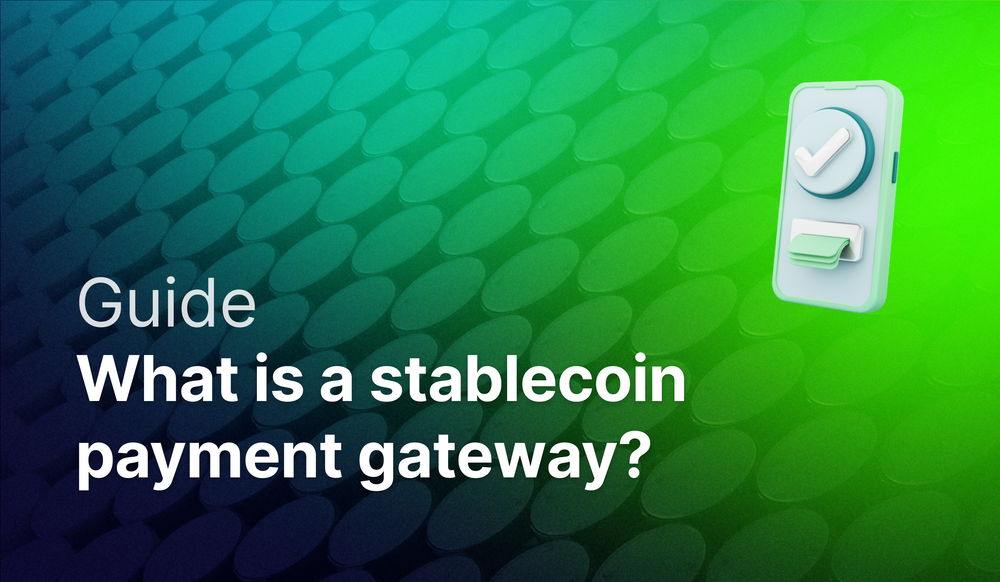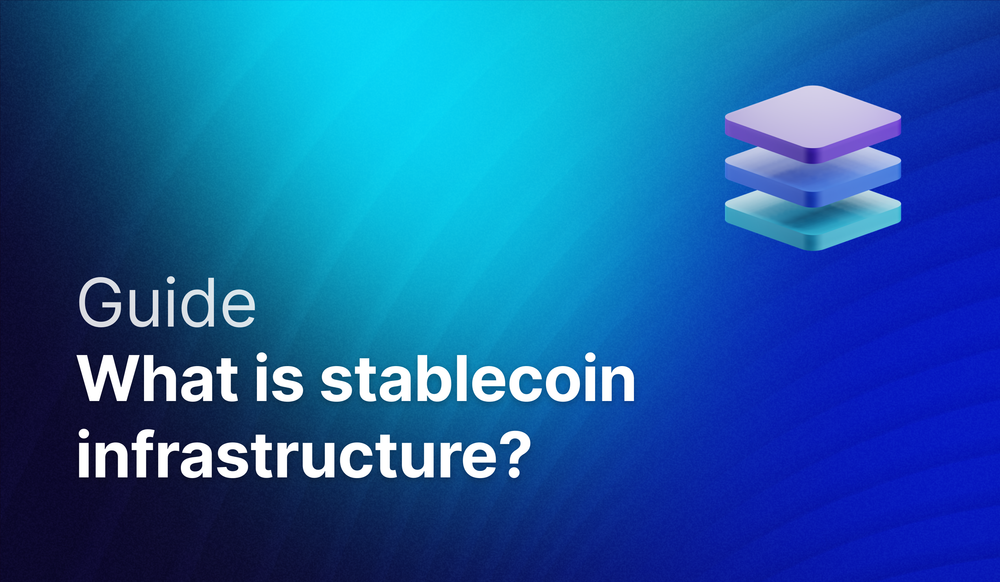Choosing a wallet provider feels like a one-way street. You integrate their SDK, launch your product, and suddenly realize you're stuck. This guide explains why vendor lock-in happens with wallets and how to avoid it from the start.
Why does wallet vendor lock-in happen?
Lock-in happens because of how traditional wallets work and how providers structure their services.
Most wallets use externally owned accounts (EOAs). These are simple: a private key controls a public address. But that simplicity becomes a trap. Private keys can't be changed. Once your provider generates those keys, they're permanent. If you want to switch providers, you need entirely new wallets.
The second trap is more subtle. Wallet providers make creation easy. You can spin up wallets in minutes with their SDK. But then reality hits:
- Gas sponsorship requires another vendor
- Transaction monitoring needs an AML service
- Sending transactions requires multiple RPC providers and reliability work
- Each feature means another integration
- You write thousands of lines of glue code
- Every integration deepens your dependency
Before you know it, your "simple" wallet implementation relies on five different services. Switching providers means unwinding all of it.
What's at stake if I can't switch providers?
The risks compound over time:
- Provider shutdown: Happens more than you'd think in crypto
- Price hikes: Attractive early pricing becomes expensive once you're locked in
- Security vulnerabilities: You're tied to their security practices and response times
- Regulatory changes: The wallet architecture may be deemed custodial in some jurisdictions
- Missing features: Need new vendors which leads to more code and more maintenance
- Scaling needs: You might want to bring wallets in-house as you grow
- Strategic shifts: Your business model evolves beyond what your provider supports
- User trust: Force migrations and watch retention plummet
Why is migrating wallet providers so painful?
Migration is painful because it triggers a cascade of problems:
- Users must move all assets to new wallets
- Gas fees for every transfer
- Failed transactions and confused customers
- Broken integrations with other services
- Smart contracts referencing old addresses need updates
The security risks during migration are severe. Private keys must be exported from one system and imported into another. During this transfer, keys are exposed and vulnerable. One compromised key backup or intercepted transfer could drain user wallets.
The technical complexity multiplies with each vendor you've integrated. What should be a backend change becomes a full system overhaul requiring thousands of lines of new code.
How do smart wallets solve vendor lock-in?
Smart wallets flip the architecture. Instead of unchangeable private keys, smart contracts hold user assets. These contracts are controlled by signers that can be updated.
Think of it like your front door. With EOA wallets, switching providers means replacing the entire door. With smart wallets, you just change the pin code.
Key benefits:
- Users keep their wallet addresses
- No need to transfer assets to the new wallets
- Transaction history remains intact
- No risk of private key compromise during migration
- One integration instead of five vendors
- Thousands of lines of code become a handful of API calls
What does migration look like with smart wallets?
Migration becomes a backend operation invisible to users. The process is straightforward: rotate the signer on your smart contract wallet to update the architecture and migrate.
What users experience:
- Zero disruption
- Same wallet addresses
- Assets remain in place
- Transaction history persists
This same mechanism provides security flexibility. If a signing key gets compromised, rotate it out. If regulations change, switch to a provider that meets new requirements. If you want to bring wallet infrastructure in-house as you scale, take control of the contracts and run your own signers. Start with a managed solution and transition to self-hosted when it makes sense for your business.
Smart wallet architecture turns vendor lock-in from an inevitable trap into a solved problem. You get the convenience of managed infrastructure without sacrificing future flexibility. Build on smart wallets from day one, and keep your options open as your business grows.
Get started with Crossmint
Build with the most powerful wallet SDK for fintechs, enterprises and AI agents today.


